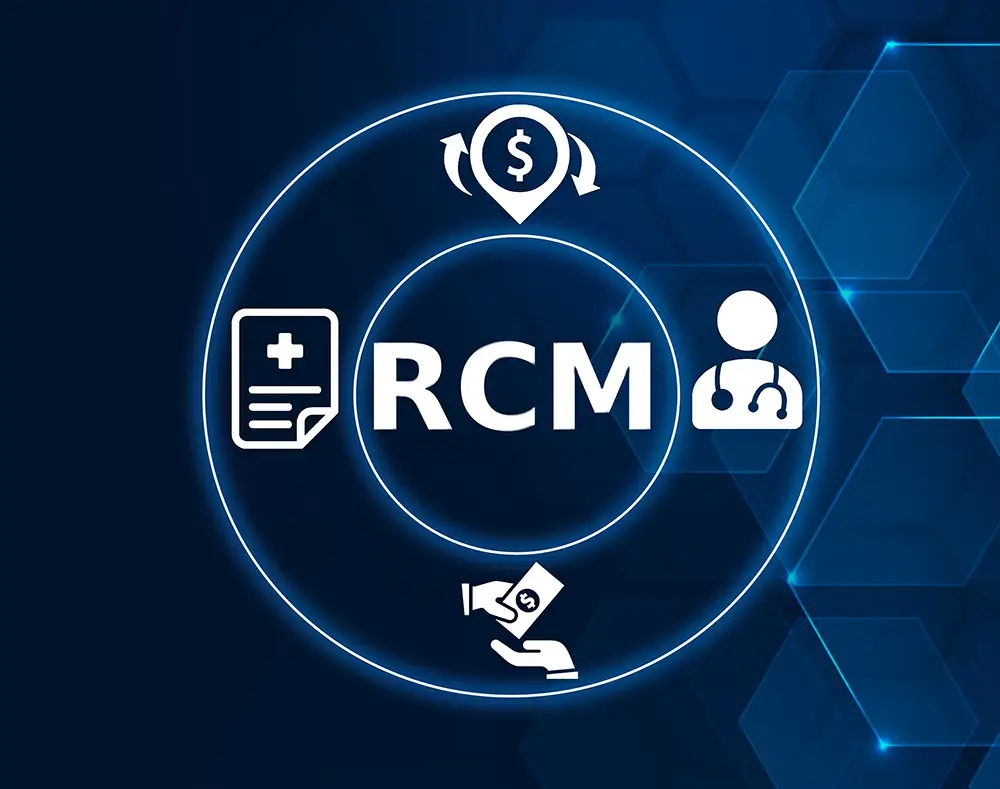In emergency rooms and urgent care facilities, speed, accuracy, and financial control are critical to operational success. Unlike traditional practices with scheduled visits and predictable billing patterns, episodic care providers face unpredictable volumes, complex cases, and tighter margins.
To thrive, facilities must streamline the entire revenue cycle—from insurance verification at check-in to provider reimbursement after payment posting. Every step must be connected, efficient, and supported by the right technology.
Let’s walk through the full revenue cycle and explore how 360 Medical Billing Solutions helps emergency and urgent care providers build a faster, more profitable system.
Step 1: Insurance Verification and Patient Registration
The revenue cycle begins at patient intake. Accurate insurance verification prevents eligibility denials and coverage disputes later.
- Electronic health records software systems and electronic medical records systems can automate real-time eligibility checks, flagging inactive policies or secondary insurance coverage immediately.
- Capturing correct demographics ensures smoother claims and faster patient balance invoicing.
Key Tools:
✅ EMR systems in healthcare
✅ Clearinghouse integration for eligibility checking
✅ Front-end insurance verification workflows
Step 2: Clinical Documentation and Charge Capture
Once care is delivered, timely and detailed documentation is critical. Missing or incomplete data leads directly to revenue leakage.
- Integration between electronic medical record EMR software and billing systems ensures immediate capture of clinical notes and charges.
- Use of HL7 healthcare standards allows seamless data exchange between EMRs and billing platforms, supporting clean claim generation.
Key Tools:
✅ Electronic charge capture linked to EMR
✅ HL7 Interface Integration and healthcare integration engines
Step 3: Claims Submission
The faster a claim is submitted, the sooner payment is received.
- Claims should be scrubbed for errors using an advanced clearinghouse for medical billing systems.
- Medical claims clearinghouses review claims for coding accuracy, required attachments, and payer-specific rules before transmission.
- Electronic claims submission minimizes manual delays and postal lags.
Key Tools:
✅Best clearinghouse for medical billing
✅ Electronic submission via HL7 standards in healthcare
✅ Medical billing and reimbursement automation
Step 4: Payment Posting and Reconciliation
Once payments are received from insurance payers:
- Automated payment posting through integrated systems reduces human errors and speeds reconciliation.
- Electronic medical records linked to billing allow immediate matching of payments to services provided.
- Outstanding balances for patient responsibility are billed promptly, using text-to-pay and email billing options.
Key Tools:
✅Real-time electronic payment posting
✅ Electronic health records software systems with patient billing modules
✅ Patient portals and mobile payment options
Step 5: Denial Management and Appeals
Not every claim pays on the first pass. Denial management is critical to recovering lost revenue.
- Denials must be categorized immediately: coverage issues, coding errors, missing documentation, etc.
- An aggressive appeals strategy ensures provider reimbursement for properly rendered services.
Key Tools:
✅ Denial tracking within EMR and billing system dashboards
✅ Appeals specialists experienced in emergency and urgent care billing
Step 6: Patient Balance Collections
Patients now account for a larger portion of revenue due to high-deductible health plans.
- Clear statements, flexible payment options, and responsive billing support drive faster patient collections.
- Patient portals integrated with electronic health records systems improve billing transparency and satisfaction.
Key Tools:
✅ Text-to-pay systems
✅ Online portals linked to EMRs
✅ Automated billing reminders
Why Full Revenue Cycle Integration Matters
Facilities that connect every part of the revenue cycle—insurance verification, clinical documentation, claims submission, payment posting, denial appeals, and patient payments—experience:
- Shorter time-to-payment
- Fewer claim denials
- Lower days in A/R
- Higher net collections
- Improved patient satisfaction
Instead of managing disjointed systems or departments, integrated workflows lead to a smarter, faster, and more profitable revenue cycle.
Why 360 Medical Billing Solutions Is the Right Partner
At 360 Medical Billing Solutions, we specialize in full-cycle revenue management tailored to the demands of emergency rooms and urgent care facilities.
Our services include:
- Complete clearinghouse integration for faster claims processing
- HL7 Interface engine setup for seamless EMR and billing communication
- Daily charge retrieval from electronic medical records
- Electronic claims submission through the best clearinghouse for medical billing
- Aggressive denial management and appeals processing
- Automated patient billing through portals, text-to-pay, and email reminders
- Custom real-time reporting dashboards to monitor cash flow and A/R
With little or no out-of-pocket costs, we help emergency and urgent care providers maximize reimbursements, reduce overhead, and stay profitable in today’s fast-paced healthcare market.







